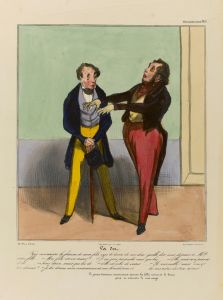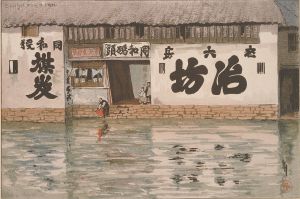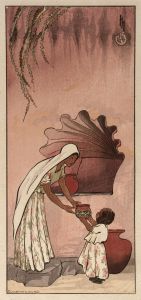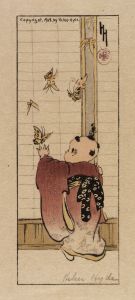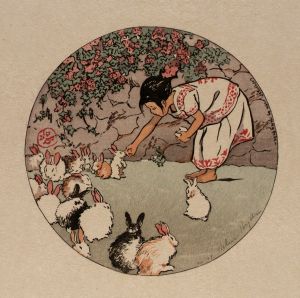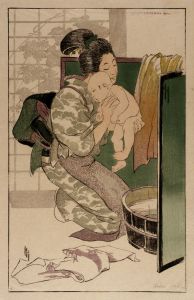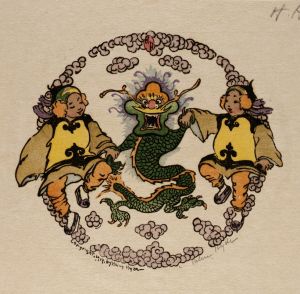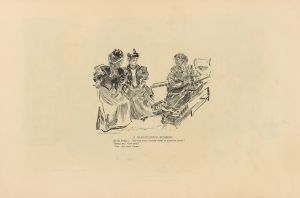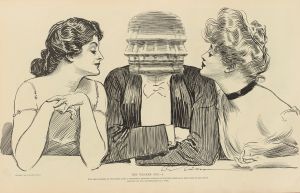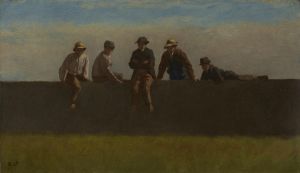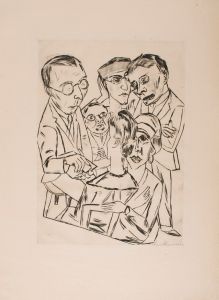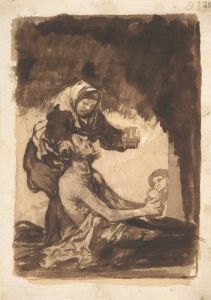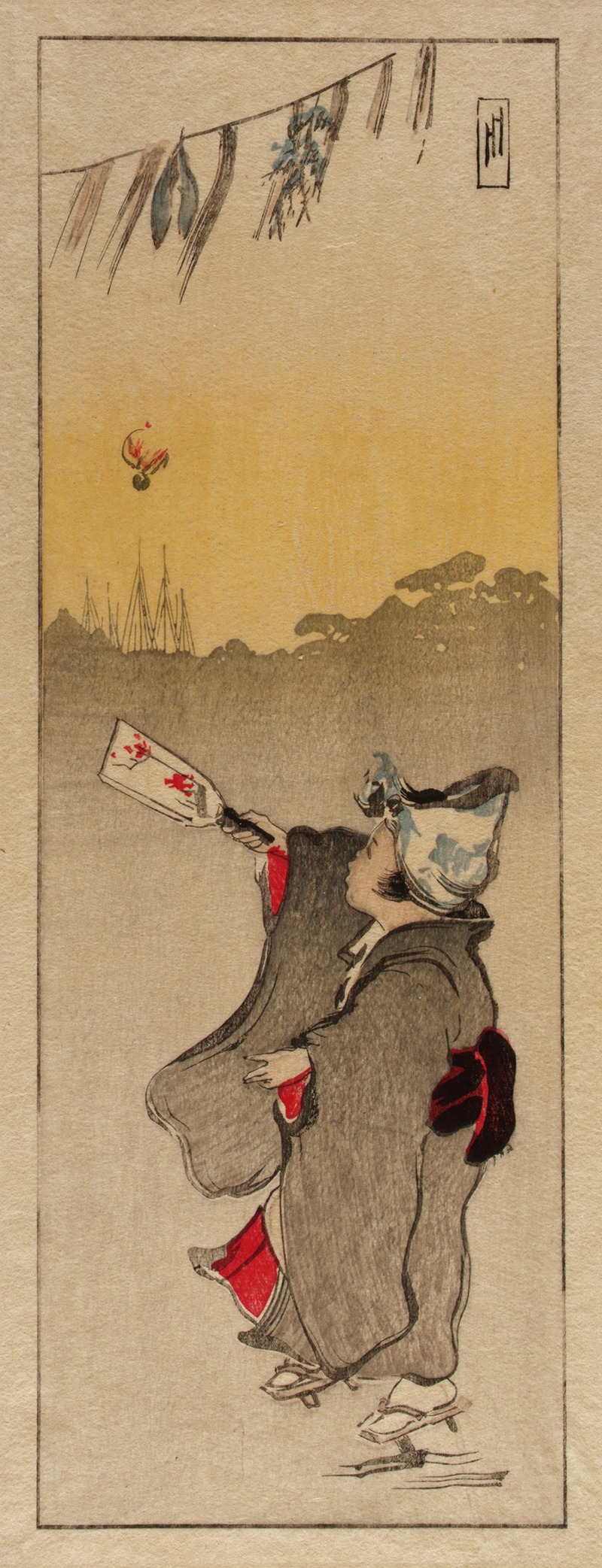
A Child of the People
A hand-painted replica of Helen Hyde’s masterpiece A Child of the People, meticulously crafted by professional artists to capture the true essence of the original. Each piece is created with museum-quality canvas and rare mineral pigments, carefully painted by experienced artists with delicate brushstrokes and rich, layered colors to perfectly recreate the texture of the original artwork. Unlike machine-printed reproductions, this hand-painted version brings the painting to life, infused with the artist’s emotions and skill in every stroke. Whether for personal collection or home decoration, it instantly elevates the artistic atmosphere of any space.
"A Child of the People" is a notable work by Helen Hyde, an American artist renowned for her contributions to the field of printmaking and her influence in the American Japonisme movement. Born on April 6, 1868, in Lima, New York, Hyde developed a keen interest in art from a young age. She studied at the Art Students League of New York and later in Europe, where she was exposed to various artistic styles and techniques.
In the late 19th and early 20th centuries, Hyde became particularly captivated by Japanese art and culture. This fascination led her to move to Japan in 1899, where she immersed herself in the study of traditional Japanese woodblock printing, known as ukiyo-e. Under the tutelage of masters such as Kano Tomonobu and Emil Orlik, she honed her skills and began producing works that blended Western and Eastern artistic traditions.
"A Child of the People" is one of Hyde's most celebrated pieces, created during her time in Japan. The artwork is a color woodblock print, a medium that Hyde mastered and popularized among Western audiences. The print depicts a young Japanese child, capturing the innocence and simplicity of everyday life in Japan. Hyde's attention to detail and her ability to convey the delicate features and expressions of her subjects are evident in this piece.
The composition of "A Child of the People" reflects Hyde's deep appreciation for Japanese aesthetics. The use of soft, muted colors and the careful arrangement of elements within the frame demonstrate her understanding of Japanese design principles. The child's attire and surroundings are rendered with precision, showcasing Hyde's dedication to authenticity and cultural respect.
Hyde's work, including "A Child of the People," played a significant role in introducing Japanese art techniques to the Western world. Her prints were exhibited widely and received critical acclaim, contributing to the broader Japonisme movement that influenced many Western artists during that period. Hyde's ability to bridge cultural gaps through her art made her a prominent figure in the early 20th-century art scene.
In addition to her artistic achievements, Helen Hyde was also a pioneer for women in the arts. At a time when female artists faced significant challenges, she managed to establish a successful career and gain recognition for her work. Her legacy continues to inspire artists and art enthusiasts today.
Helen Hyde passed away on May 13, 1919, but her contributions to the art world, particularly through works like "A Child of the People," remain influential. Her prints are held in various museum collections, including the Smithsonian American Art Museum and the Library of Congress, ensuring that her artistic legacy endures.
In summary, "A Child of the People" by Helen Hyde is a testament to the artist's skill in woodblock printing and her ability to capture the essence of Japanese culture through her art. Hyde's work not only bridged cultural divides but also paved the way for future generations of artists to explore and appreciate the rich traditions of Japanese art.





